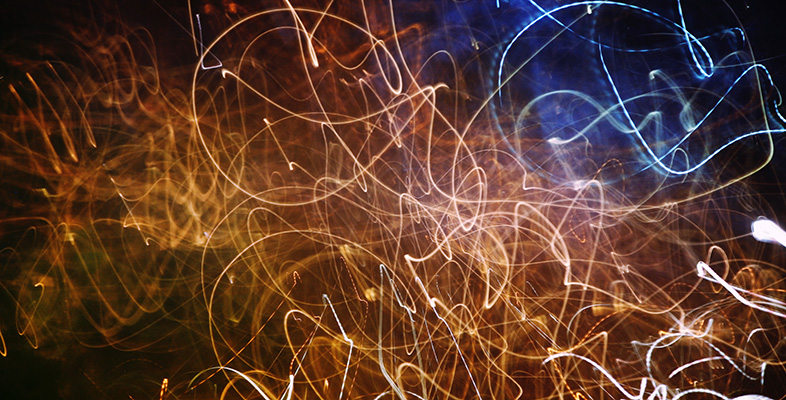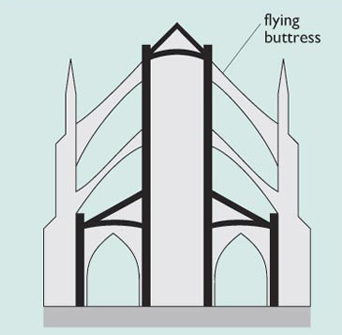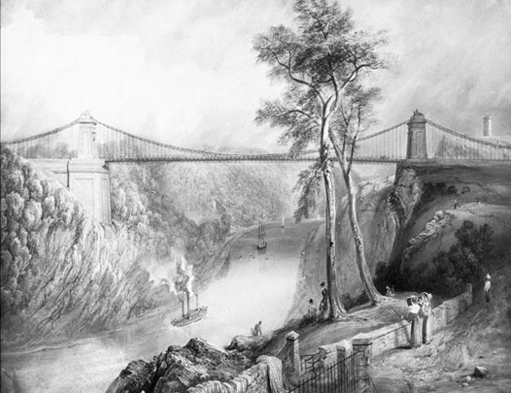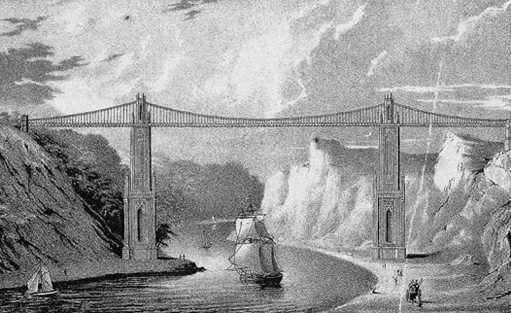7.2 Innovation
Design is rather like problem solving. We try to define the problem, perhaps in terms of a client's requirements, then search possible solutions for a satisfactory outcome. However, design itself is much more difficult to define. The design problem, although specified by requirements, acquires new constraints as the design proceeds. New possibilities and new needs are continually suggested as the design is developed from concept to detail and onto market. The problem does not remain static.
A major resource for design is technology, and technology may include principles of engineering and applied science, or more tangible products of science such as new materials or electronic devices available for use in new designs. The resources are specific to a particular problem. Any problem has its own context, which might consist of market, customer requirements, or ways of working within a particular industry.
With technology and contexts we can classify several types of design. First, consider a well established context, such as personal transport in some form of automobile to run along roads. Problems of pollution require new means of propulsion. These might be solved using new technology. This may not be completely new technology but rather technology new to the context. So a fuel cell developed for space applications may be applied to cars.
Second, consider a well established context and the development of technology already used in that context. An example of this might be developing more efficient internal combustion engines for cars.
Third, a new context arises from social and cultural trends or scientific discovery. For example, the new context of popular long-distance air travel. This new context has led to the design of new aircraft with some new technologies. However, for the most part it is a question of using well established technologies.
Fourth, a new context might combine with new technology. Examples might be the development of radar or nuclear weapons during the Second World War. More benign examples include the new responses to home energy use following the rising costs of fossil fuels, or the use of autonomous vehicles to explore the sea bed or maintain offshore oil and gas production facilities.
These four classes may be arranged as a table (Table 8). Names are given to each of the classes. Innovation can be viewed as including something new in technology or in the context to which it is applied. Inventions are not always closely attached to context. However, these inventions are applied science rather than design if no specific product emerges. When a new technology is matched to a new problem or context a design invention can emerge.
| Old technology | New technology | |
|---|---|---|
| New context | innovation | innovation |
| Old context | routine design | invention |
We should be rather generous in our interpretation of 'technology'. It will include new ideas or principles on which designs can be based. These new technologies do not always deliver new products easily. Turning out a product that works is usually fraught with difficulties.
The world of large structures provides good examples. Some of the cathedrals we see today are the survivors of designs produced by secret guilds of masons seven hundred years ago. Flying buttresses (Figure 60) were a design innovation that looked beautiful and allowed tall walls with large windows to be built.
The function of the flying buttresses, and the decorated finials on the top of the verticals, is to keep the internal forces inside the stone so that all elements are in compression, or pushing against one another. Stone is very good at resisting compression but very poor at resisting tension forces. The simple arch also makes use of this property of stone to span spaces in bridges and vaults. There were other ways of achieving the same artistic effect of tall walls and large windows. Iron reinforcing bars were placed in the walls to resist sideways forces. In some mediaeval cathedrals you can see both methods used, literally side by side. On the outside, public, wall of the church there are buttresses and plenty of ostentation but on the interior, private, side there are fewer, less ostentatious buttresses and more iron reinforcing within the walls. It is informative to note that parts of cathedrals did fall down. This contributed valuable knowledge to subsequent designers. It gives us a valuable message as well. Designers learn a lot from failures.
The first large suspension bridges in China, several hundred years ago, were using the same principles as the bridges built by Telford and Brunel in the 1800s. These later engineers were rapidly pushing to the limits the available materials and the scientific understanding of their day. There was a great deal of uncertainty in their designs, although they had the benefit of some scientific analysis and could build simple theoretical models of how structures might behave. Brunel, for example, applied elements of numerical modelling to the business of building bridges.
Section 1.9 defined design as the process of converting generalised ideas into specific plans. So designing is a process, possibly shared processes, by which we change things in the world. This is what Brunel was doing when he created the new form of a chain-link, large span, suspension bridge across the River Avon at Clifton in Bristol (Figure 61).
Telford and Brunel were in competition to build the Clifton suspension bridge. Telford's design used two towers built up from the river's bed (Figure 62). Brunel commented sarcastically that he had not thought of building towers from the sand of the river bed when there were good rock buttresses to build on.
Telford's design was more cautious than Brunel's, so the towers had to be closer together because the span was more limited. The cost of Telford's towers was much greater, but the structural uncertainty in his design was less. Put another way, it had a higher safety factor. Nowadays the analysis of a suspension bridge is routine; the relationships between the cost of towers and the tensile strength (that is, strength under tension or pulling) of the main wire ropes are well understood. The properties of the relevant materials are known in great detail.
However, there is still uncertainty. The Millennium suspension footbridge over the Thames was found to behave in erratic ways when opened to large numbers of pedestrians in June 2000. The swaying bridge was alarming to use and was closed for repairs within days.
Interestingly, Brunel was a financial disaster for people prepared to invest in his designs. The Clifton suspension bridge was not finished in his lifetime because of a shortage of money. Design is not necessarily profitable; it is a risky and uncertain business.



